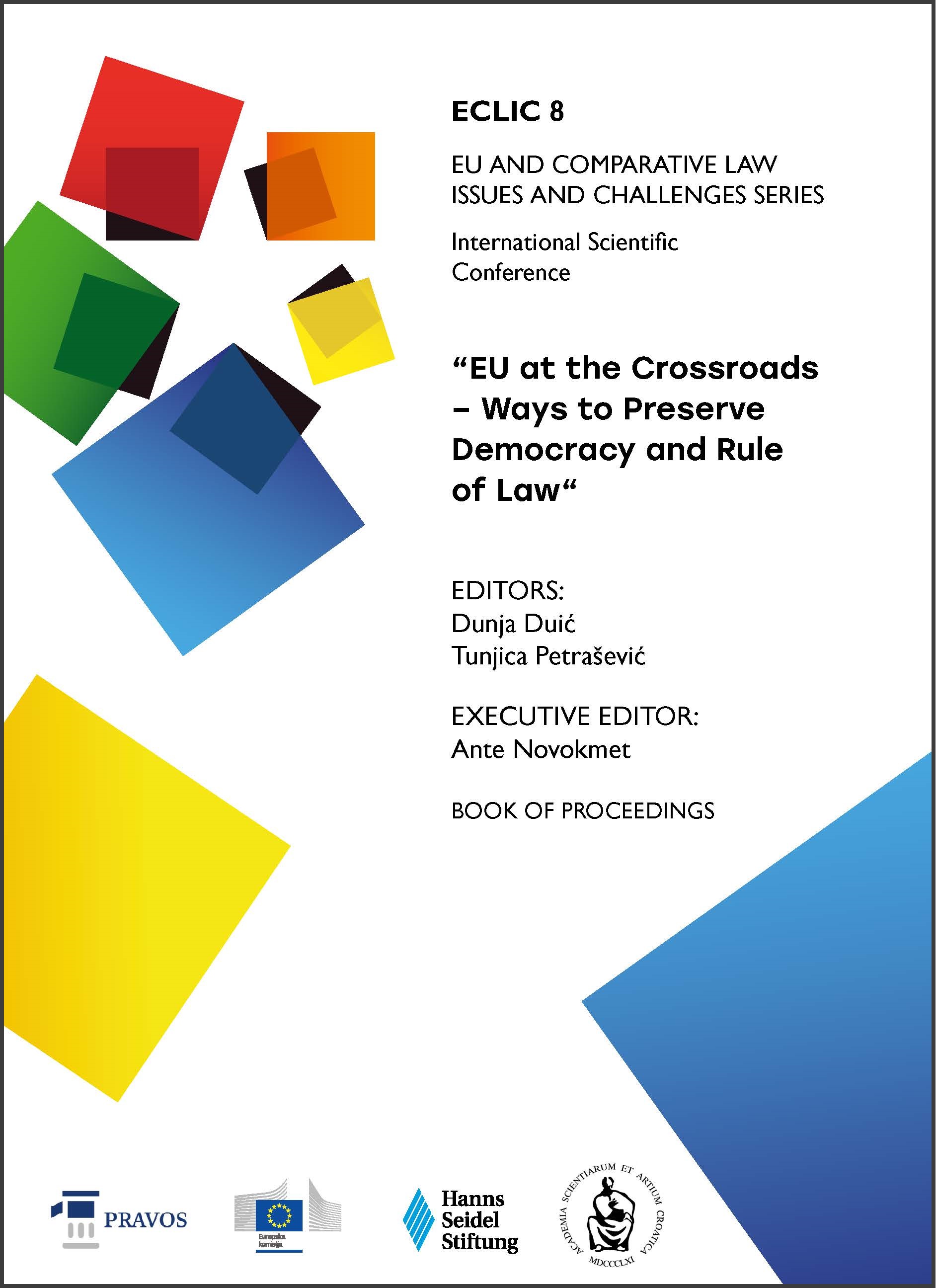EUROPEAN CONSUMER IN SALES CONTRACT – THE ANCIENT APPROACH, DE LEGE LATA & DE LEGE FERENDA
DOI:
https://doi.org/10.25234/eclic/32304Abstract
This paper delves into the historical roots of consumer protection in European legal history, looking beyond its contemporary association with EU regulations from the mid-70s. It explores buyer-seller dynamics, prevalent in both ancient and post-industrial societies, with a particular focus on ancient Rome. Specifically, it studies the need to shield buyers, as the vulnerable party, in sales contracts with professional sellers. It also examines who qualified as a consumer in ancient European legal history and compares it to the contemporary definition in European private law.
The first section explores the position of the consumer in ancient Roman society, analyzing legal and non-legal sources to uncover measures aimed at enhancing consumer rights against professional sellers. The role of the curule aediles, particularly their legal innovations in buyer protection, is scrutinized. The paper then transitions to EU law, specifically examining the definition of consumers in Directive 1999/44/EC and the subsequent changes introduced in Directive (EU) 2019/771.
The paper concludes with a proposal for a unified definition of consumers at the EU level, drawing insights from the ancient Roman society. It questions the feasibility of crafting a comprehensive consumer definition applicable across directives to foster consistency in consumer protection laws. In essence, the paper explores the historical inception of consumer protection, its current status in contemporary law, and suggests a forward-looking proposition for the future.
Downloads
Published
How to Cite
Issue
Section
License
Copyright (c) 2024 Marko Sukačić

This work is licensed under a Creative Commons Attribution-NonCommercial 4.0 International License.
Authors retain the copyright on the papers published in the Journal, but grant the right of first publication to the Journal. Papers accepted for publication or already published in ECLIC of the Faculty of Law in Osijek may be published by the author(s) in other publications only with proper notice of its previous publication in ECLIC.


